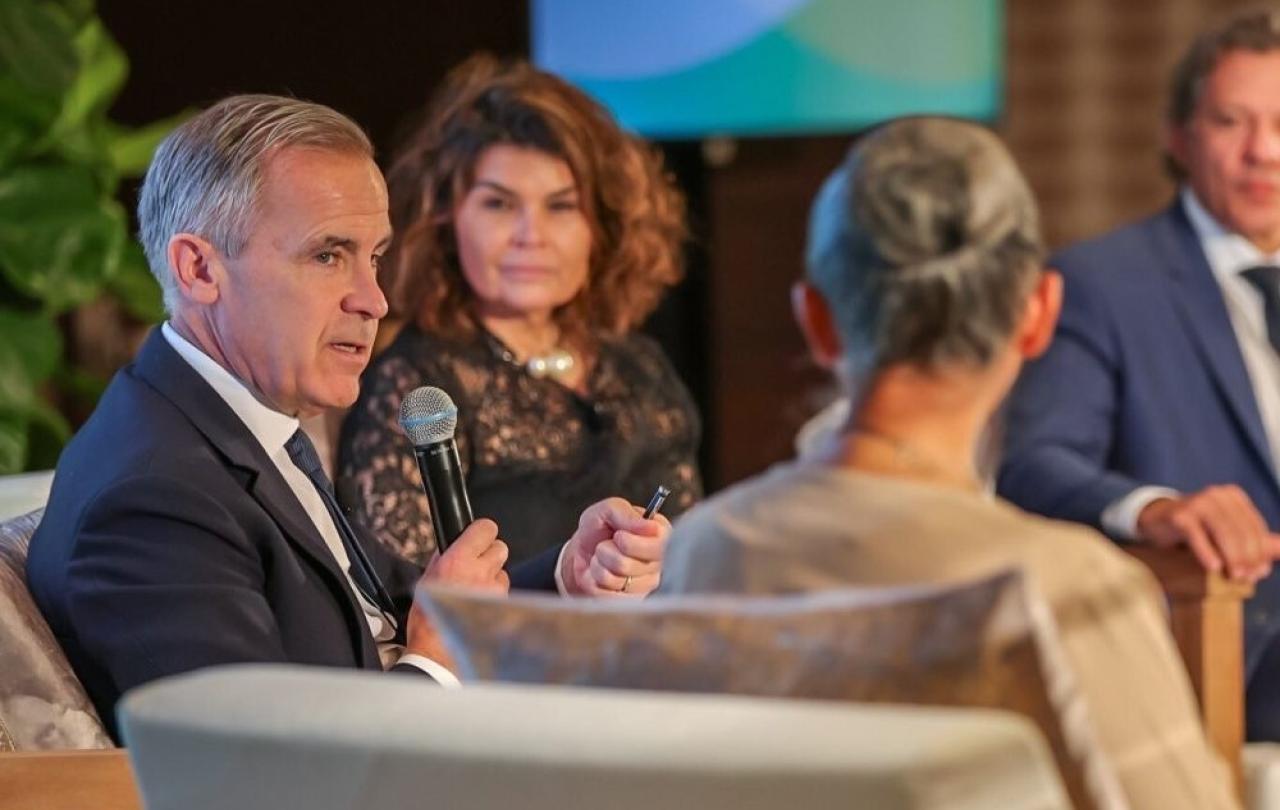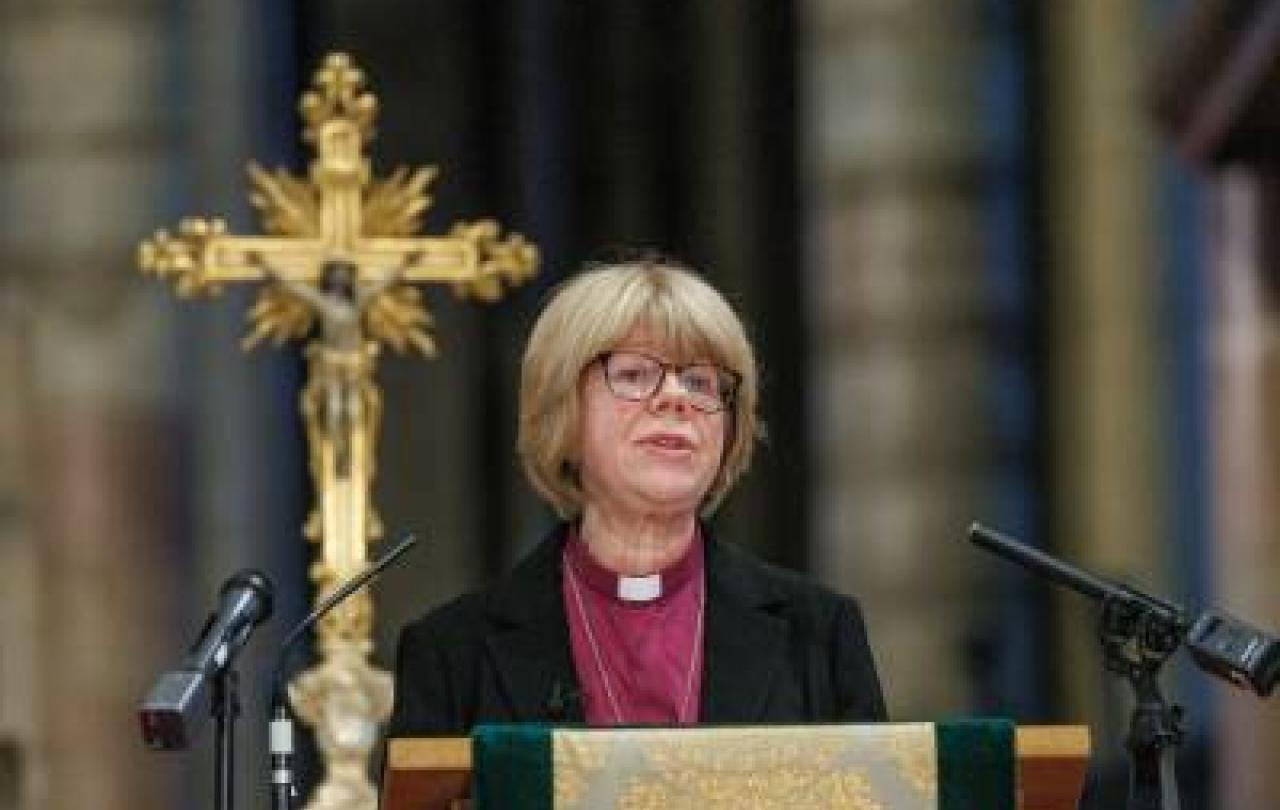
On May 27 2014, a group of business, political and faith leaders gathered in London for the inaugural Conference on Inclusive Capitalism.
As a 23-year-old Masters student at Cambridge University at the time, it was a defining moment, this in the final months of my first stint in the UK. One of three young people invited, I had prepared carefully and waited impatiently in line in central London on a boiling summer evening.
The most poignant moment of the conference, in hindsight, was less the attendees or the historic venue, but rather a particular speech that I continue to reflect on a decade later.
The speech in question was one given by the then Bank of England Governor, the Canadian Mark Carney, and it was called ‘Capitalism: Creating a Sense of the Systemic’.
It was, and remains, one of the most impressive speeches I have heard, and whose message is as important as ever.
It is a message that Canadians today, as well as others living in Western democracies, need to hear as much as at any time in recent history.
In the wake of the financial crisis, Carney raised a point that is seldom asked in business or political circles - that of responsibility, and more specifically, of vocation. It is as follows:
"To build this sense of the systemic, business ultimately needs to be seen as a vocation, an activity with high ethical standards, which in turn conveys certain responsibilities."
And soon after: "It can begin by asking the right questions. Who does finance serve? Itself? The real economy? Society? And to whom is the financier responsible? Herself? His business? Their system?"
He references Michael Sandel, the philosopher who in his book What Money Can’t Buy: The Moral Limits of Markets takes aim at the "skyboxification" of American life.
The example used by Sandel is taken from the sport of baseball. In the not-too-distant past, people from across all walks of life sat together in the stands, the low ticket prices allowing baseball to be the great unifier across divides.
Today? Expensive box seats see the rich and poor seated in different areas, the rich even physically above - looking down on - others. The same goes for ice hockey, soccer, or other sports which no longer see diverse families, across income levels, sitting together.
In short, if you impose a price on a good or increase the price of a good significantly (baseball tickets), the nature of value of that good changes, often irreparably so. Lost is a sense of fairness, and a reduction in the potential to repair divides.
In short, the idea of public service - that to be first, you must come last - seems increasingly bizarre to people.
We live in a world where immediate gratification and personal enrichment are particular cultural values. If there is any tell on the character of President Trump and his new White House, it is the launch of the Trump and Melania meme coins before the Presidential Inauguration: politics used for the advancement of personal interest.
In short, the idea of public service - that to be first, you must come last - seems increasingly bizarre to people. (A conversation with a young person several weeks ago struck me especially on this front, in which I had to explain that the purpose of politics is to serve others, not yourself.)
Carney's 'Creating a Sense of the Systemic' speech is therefore a reminder of what we need from political leaders: people who, outside of compelling rhetoric focusing on putting their nations first, actually consider their responsibilities toward others and who take these responsibilities seriously.
These responsibilities are vocations to which we are called. The responsibilities are not about us but rather are part of the system (made up of people and institutions) of which we are a part, and beyond.
In Canada, the potential election of Mark Carney as Leader of the Federal Liberals, and in turn as Prime Minister, is a step in the direction of a public service focused on responsibility and vocation. It is a step toward a more vocationally oriented public service, which our world needs. Whatever one's partisan affiliations, having political leaders acting with a sense of responsibility toward people and a higher calling beyond themselves is something we should embrace.
If Carney is to channel the same energy, poise and focus of this May 2014 speech, then there is a good chance the Canadian Federal Liberals win a future term. This is because our world is, deep down, yearning for political leadership based on real character, sense of purpose and responsibility beyond the self. But there is equally an opportunity for Pierre Poilievre to do the same, emphasizing the need for character, purpose and responsibility toward Canadians.
For Canada, it is a focus on responsibility, a sense of the broader system and our calling as Canadians in the world that can serve as a foil to the leadership in the United States.
Join with us - Behind the Seen
Seen & Unseen is free for everyone and is made possible through the generosity of our amazing community of supporters.
If you’re enjoying Seen & Unseen, would you consider making a gift towards our work?
Alongside other benefits (book discounts etc.), you’ll receive an extra fortnightly email from me sharing what I’m reading and my reflections on the ideas that are shaping our times.
Graham Tomlin
Editor-in-Chief





